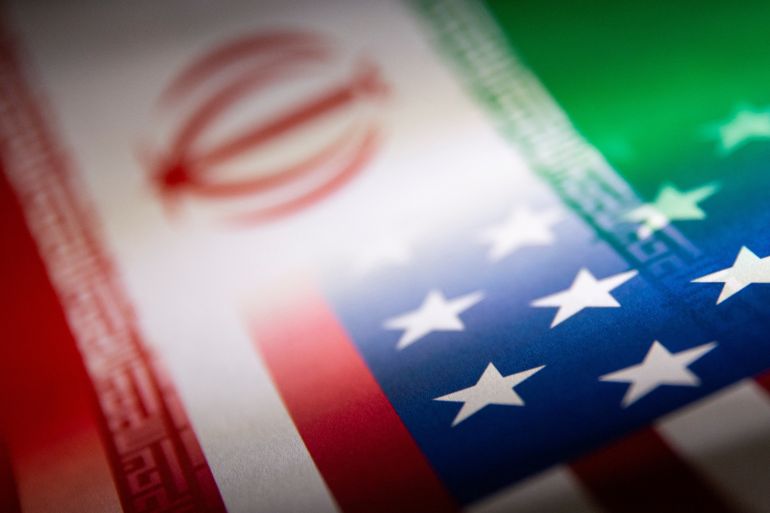As of 2024, the relationship between the United States and Iran remains a focal point of international news, reflecting a complex and often tense geopolitical dynamic. This article explores the latest developments in USA-Iran relations, highlighting key events, diplomatic efforts, and the broader implications for global stability and security.
1. Recent Diplomatic Developments
1.1. Nuclear Negotiations
Revival of Talks:
- Joint Comprehensive Plan of Action (JCPOA): Recent efforts have focused on reviving discussions around the JCPOA, the 2015 agreement aimed at limiting www.alnewsbreak.com nuclear program in exchange for sanctions relief. Negotiations have seen intermittent progress, with both sides engaging in high-stakes diplomacy to address compliance issues and economic sanctions.
- Key Challenges: The talks face significant hurdles, including disagreements over nuclear enrichment levels, verification mechanisms, and the lifting of sanctions. The U.S. and Iran continue to negotiate through intermediaries and direct channels to address these challenges.
1.2. Diplomatic Sanctions and Engagements
Sanctions Relief:
- Economic Impact: The U.S. has recently considered adjusting certain sanctions in response to diplomatic progress or as a bargaining tool in negotiations. These adjustments impact Iran’s economy and its international trade relations, contributing to a dynamic and evolving negotiation landscape.
- Bilateral Talks: There have been ongoing discussions between U.S. and Iranian officials, often mediated by international organizations such as the United Nations. These talks aim to address broader issues beyond the nuclear program, including regional security and humanitarian concerns.
2. Regional Security and Military Tensions
2.1. Military Presence and Operations
U.S. Military Activities:
- Naval Presence: The U.S. continues to maintain a significant naval presence in the Persian Gulf, citing the need to ensure the free flow of commerce and to deter potential threats. This includes routine patrols and joint exercises with allied nations.
- Military Incidents: There have been occasional military incidents between U.S. and Iranian forces, including confrontations in the Strait of Hormuz and in Iraq. These incidents underscore ongoing tensions and the potential for escalation.
2.2. Regional Influence
Iran’s Regional Activities:
- Proxy Groups: Iran continues to support various proxy groups across the Middle East, including Hezbollah in Lebanon and various militias in Iraq and Syria. These activities are viewed by the U.S. as destabilizing and contributing to regional conflicts.
- Strategic Alliances: Iran’s alliances with countries such as Russia and China also influence its geopolitical strategy. These alliances impact regional dynamics and U.S. foreign policy.
3. Economic and Humanitarian Issues
3.1. Economic Sanctions and Impact
Sanctions Regime:
- Economic Pressure: U.S. sanctions have exerted significant pressure on the Iranian economy, impacting oil exports, financial transactions, and access to international markets. These sanctions are designed to limit Iran’s ability to fund its nuclear program and regional activities.
- Humanitarian Concerns: Sanctions have also raised concerns about their impact on the Iranian civilian population, including access to essential goods and medical supplies. Efforts are ongoing to address these humanitarian concerns while maintaining pressure on the Iranian government.
3.2. Human Rights and Domestic Issues
Internal Reforms:
- Human Rights: There are ongoing international concerns about human rights conditions in Iran, including issues related to freedom of expression, political repression, and treatment of prisoners. These concerns often feature in diplomatic discussions and impact international perceptions of Iran.
- Domestic Protests: Iran has experienced periods of domestic unrest and protests over economic conditions and political freedoms. These internal challenges influence Iran’s foreign policy and its interactions with the international community.
4. Future Prospects and Strategic Directions
4.1. Prospects for Peace
Diplomatic Solutions:
- Negotiation Opportunities: The potential for a renewed or revised agreement on Iran’s nuclear program remains a key area of focus. Success in negotiations could lead to a more stable and cooperative relationship, but challenges and disagreements persist.
- International Mediation: The role of international mediators and organizations will continue to be crucial in facilitating dialogue and achieving sustainable solutions. Multilateral efforts involving key stakeholders are essential for addressing complex issues.
4.2. Strategic Shifts
Policy Adjustments:
- U.S. Policy Review: The U.S. government may continue to review and adjust its policy towards Iran based on diplomatic developments, regional security considerations, and domestic priorities. This could include changes in sanctions, military strategy, and diplomatic engagement.
- Iran’s Strategic Choices: Iran’s decisions on its nuclear program, regional influence, and international alliances will shape its future relations with the U.S. and other global powers. The country’s strategic choices will impact regional stability and international diplomacy.
5. Conclusion
The relationship between the United States and Iran remains one of the most complex and consequential in international relations. With ongoing negotiations, regional tensions, and economic pressures, the dynamics between the two nations are constantly evolving. As both countries navigate these challenges, their actions will have significant implications for global stability, security, and diplomatic relations. The future of U.S.-Iran relations will depend on continued diplomatic efforts, strategic decisions, and the ability to address mutual concerns while managing broader regional and international interests.

